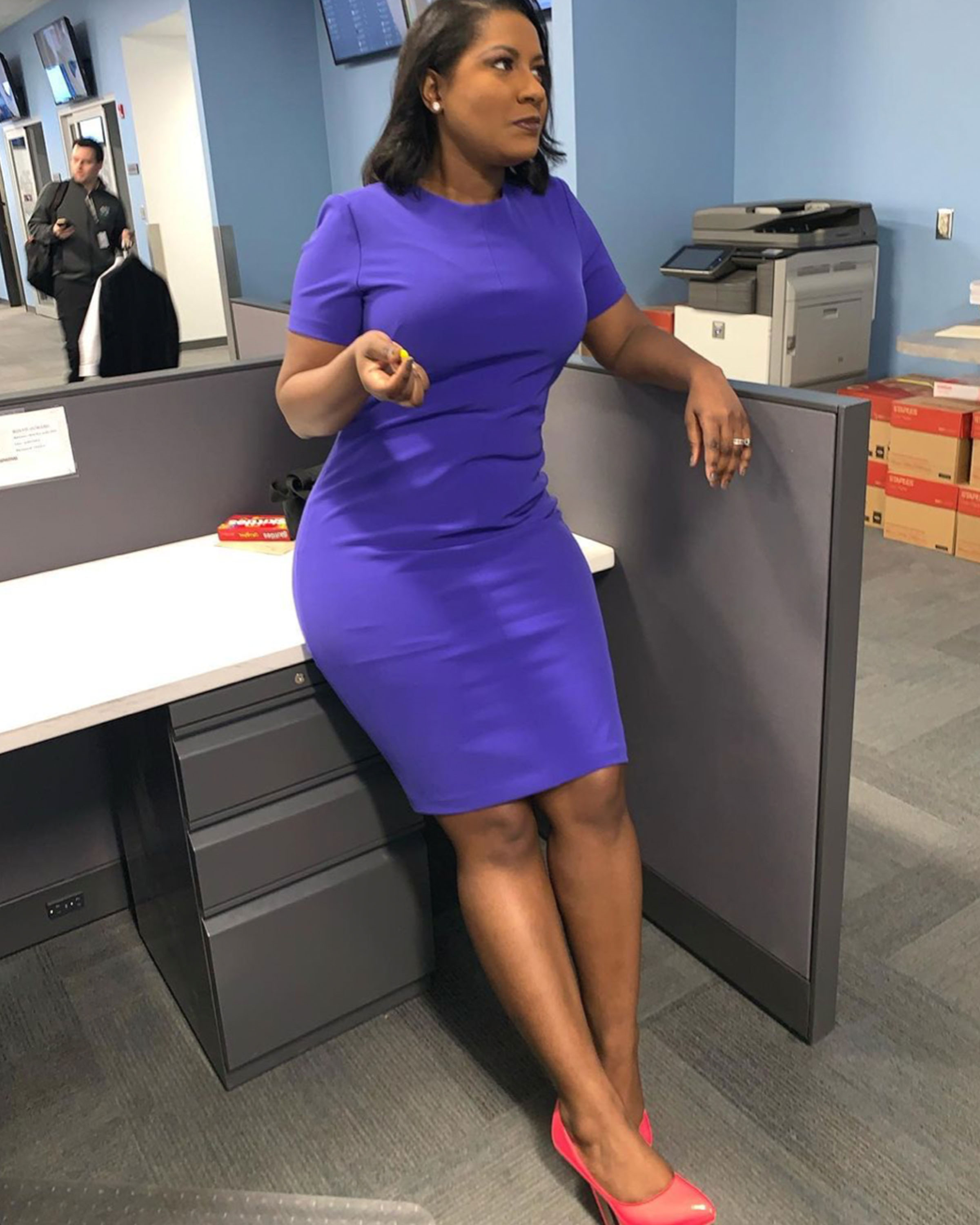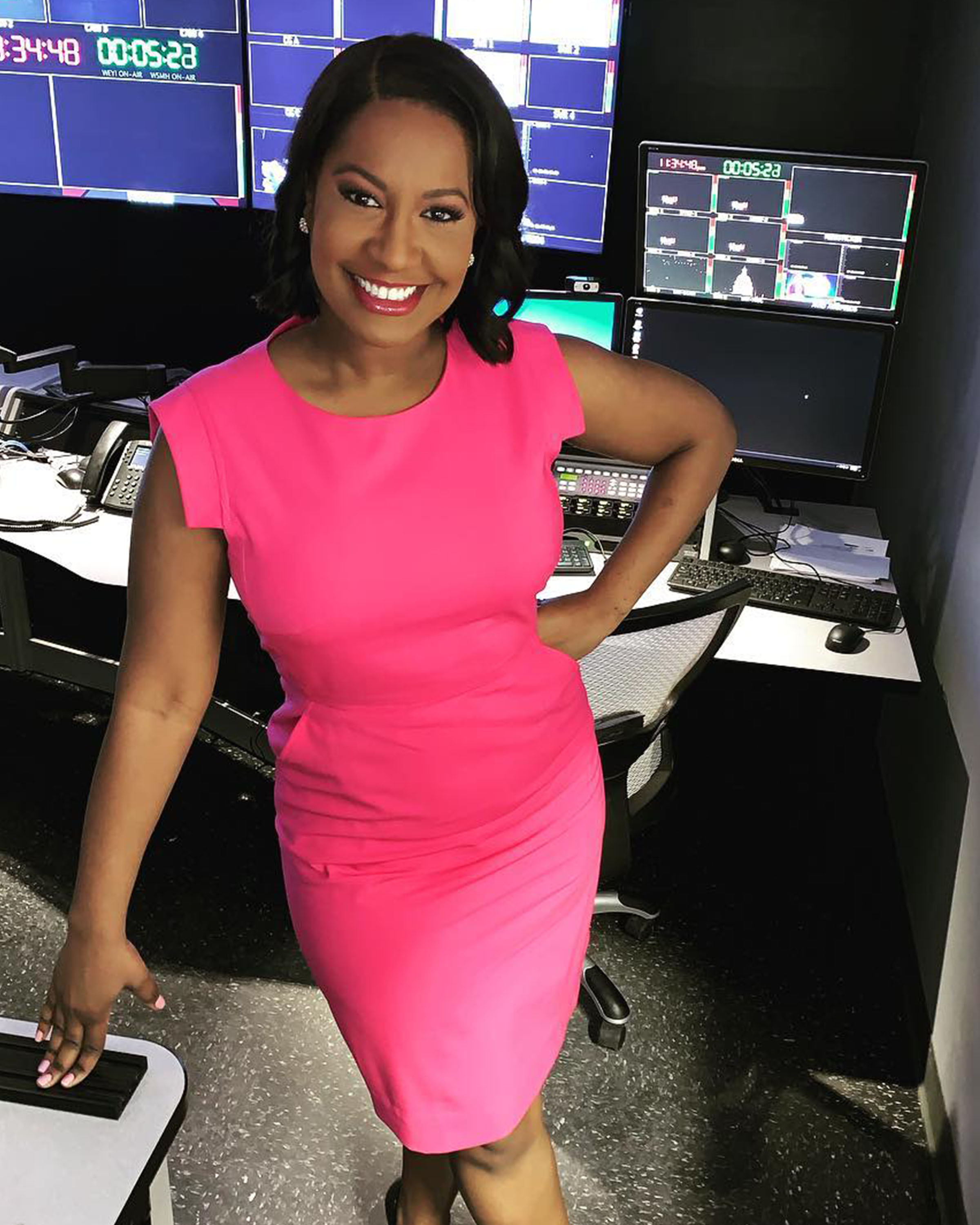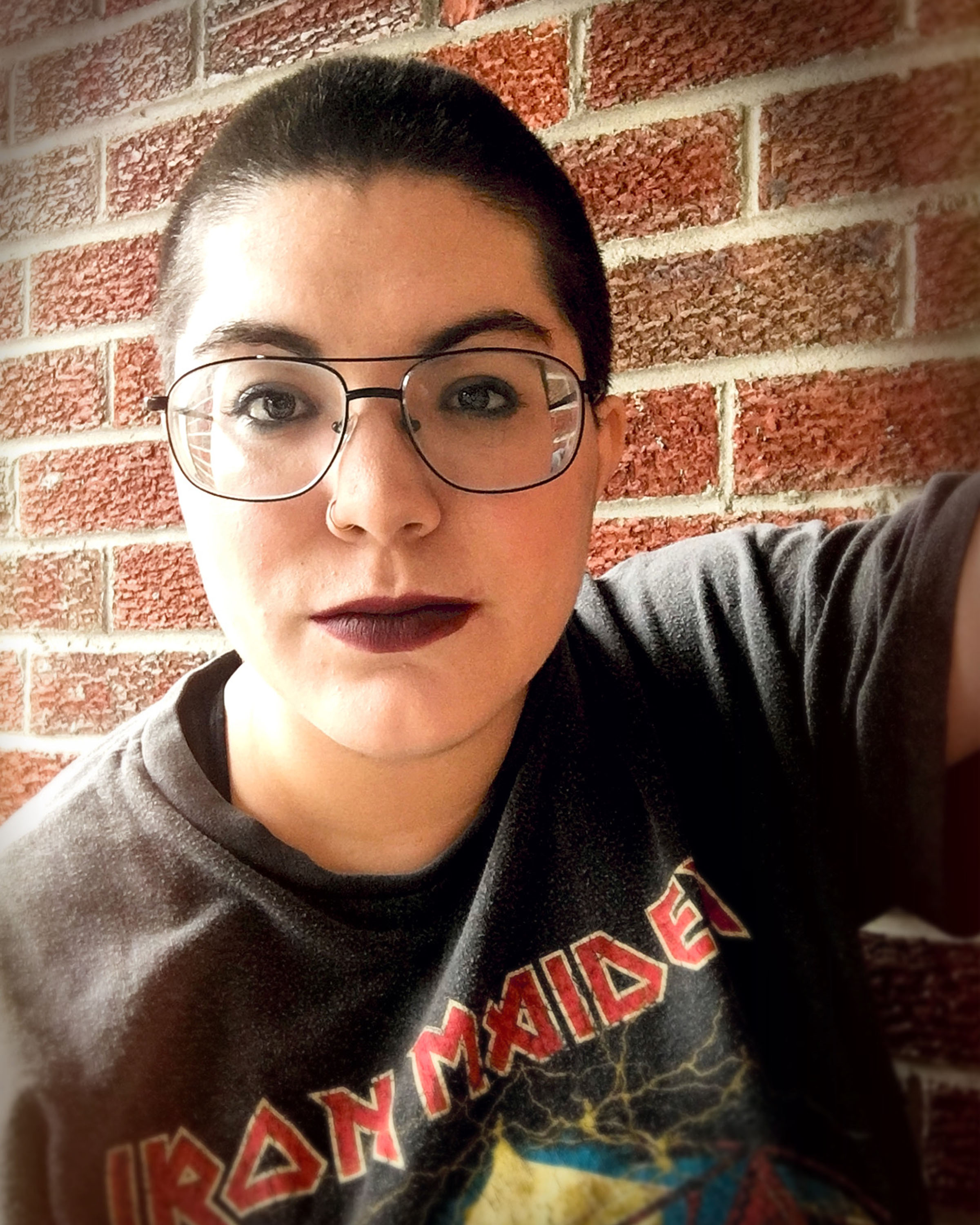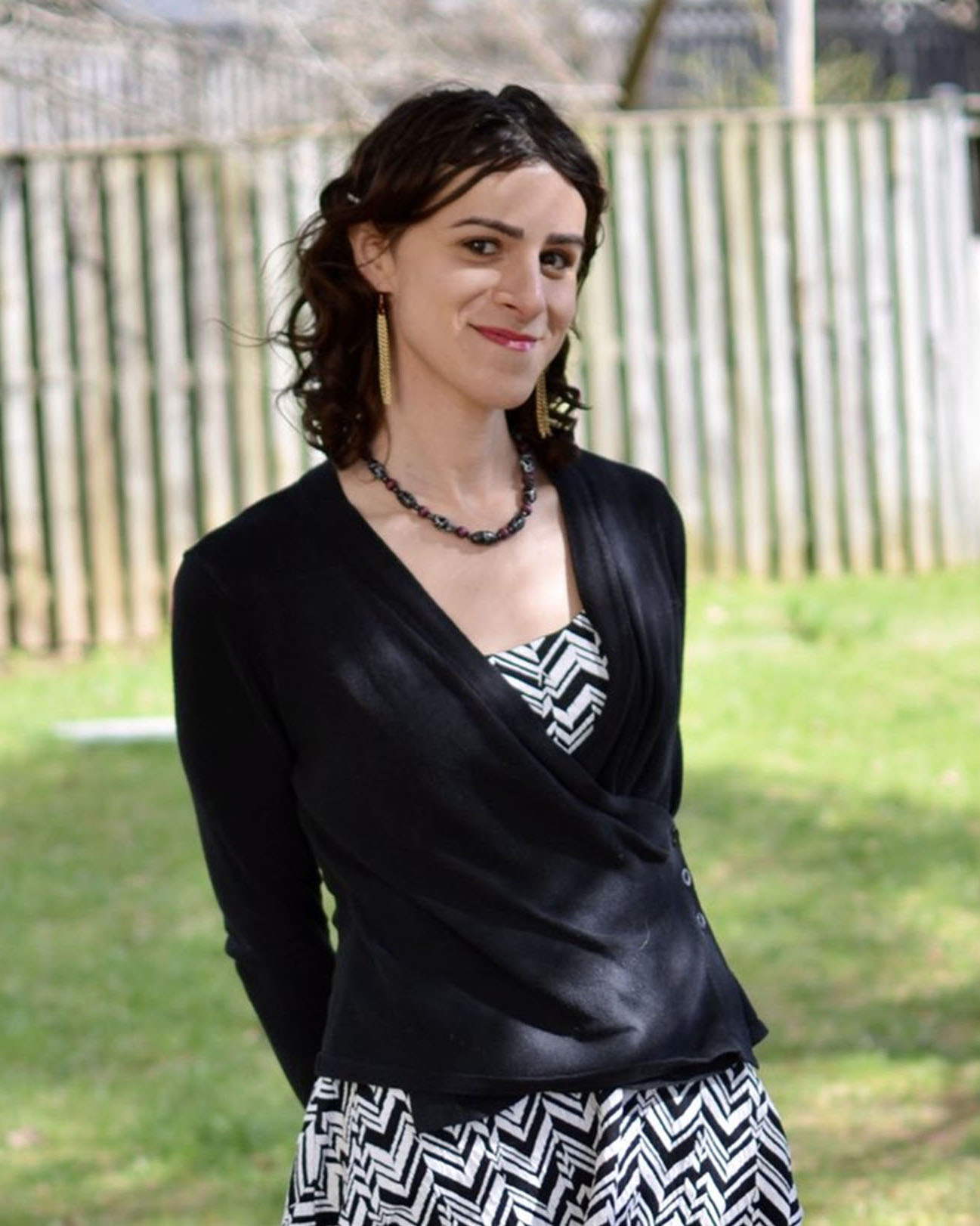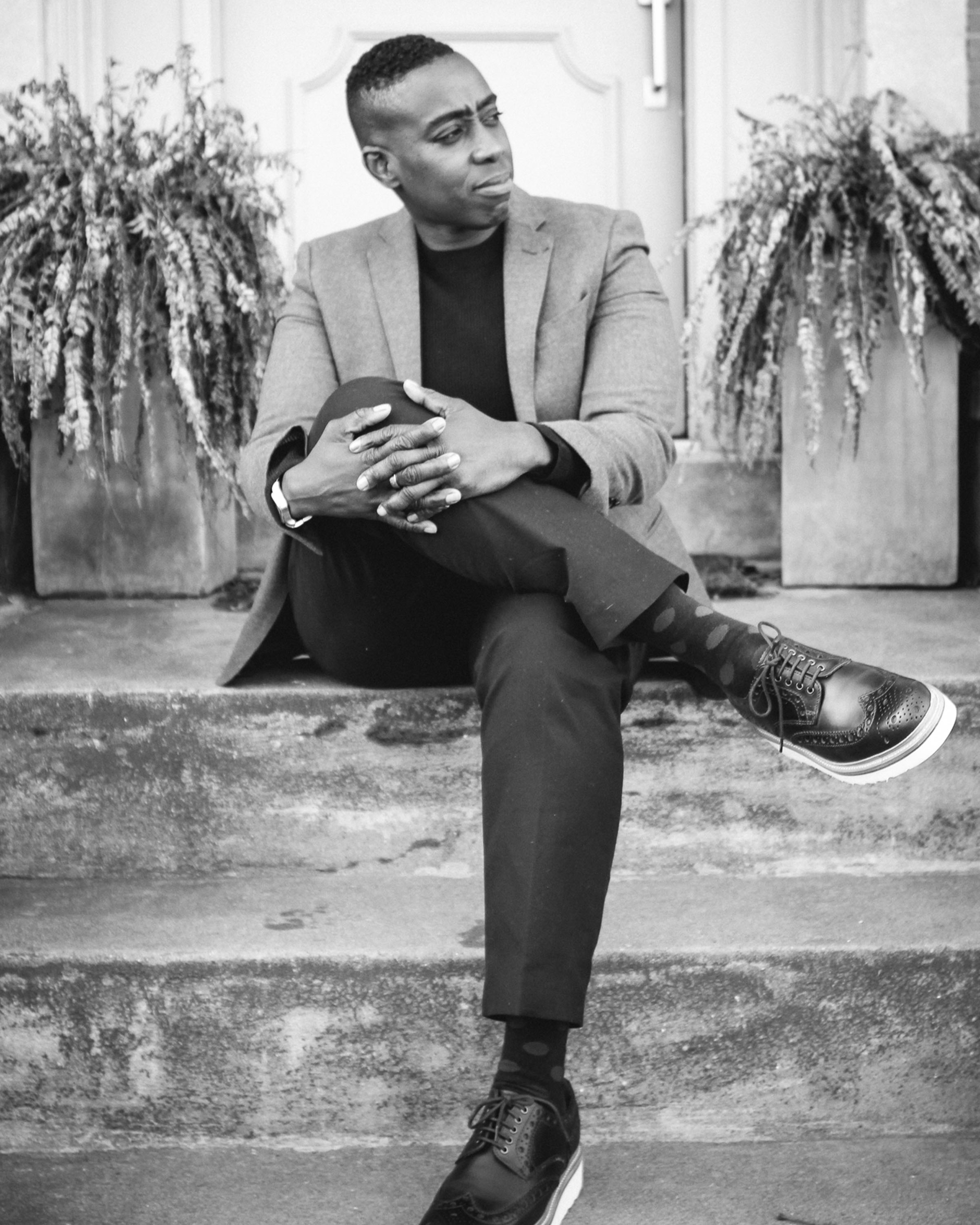
For LGBTQ Employees Whose Gender Expression Evolved During the Pandemic, Going Back to Work Comes with New Anxieties—and Relief
After wearing gender-affirming clothing while working from home, these queer and trans people say they refuse to sacrifice their identities when they return to the office.
Before the pandemic, you’d be hard-pressed to see Femi Redwood, a news correspondent, wearing shoes other than high heels while on TV.
Barring a tornado or another messy crisis, the broadcast journalist always wore heels, as well as constricting shapewear—sometimes two pairs at once—in order to match society’s expectations of what a woman on television looks like. As a self-identified femme lesbian, Femi has long embraced traditionally feminine style, favoring bright colors and fitted dresses, and often faces the assumption that she’s straight.
When the pandemic forced Femi to work from home, she conducted most of her interviews over Zoom. Her full body was no longer in the shot, which meant she could wear sweatpants if she so desired. Without the day-to-day hustle of going into the office, Femi had time to think about comfort as more than just a physical feeling for the first time. “Comfort is part of being yourself,” she says.
Shop This Look
Now that Femi has mostly returned to in-person reporting, she’s taking this new perspective with her into the next phase of her career. Tired of sacrificing parts of her identity to conform, Femi stopped wearing 4” heels on days when she’s not in the mood and frequently replaces them with a pair of Dr. Martens.
“Doc Martens have always been associated with a rebellious ‘90s lesbian-type who cares more about individuality than fitting in,” she says. “After the pandemic, that’s where I am now. I’m a great journalist because I examine stories through my own lived experience. I will never be Walter Cronkite, because I’m Femi Redwood.”
For Femi and other LGBTQ people who worked from home during the pandemic, 2020 provided a respite from the pressure to fit into what our society typically considers “workplace-appropriate clothing.” Now, as offices and businesses begin to open up, Femi and other queer and trans people say they will continue wearing clothing that makes them feel affirmed.
“Clothes Have No Bearing On How I Do My Job.”
As LGBTQ people commemorate Pride, several states have introduced a historic number of bills that would walk back LGBTQ rights amid increasing violence against trans and gender non-conforming people and trans women of color in particular. This tension underscores just how challenging but crucial it is to be a visibly out LGBTQ person in 2021.
According to the host of the Transition of Style Podcast, who goes by the moniker Phil aka Corinne and identifies as gender non-conforming and queer, the pandemic has served as an “incubator” for some LGBTQ people to explore their style in the safety of their own homes. “There was a transformation for me personally that made me think, ‘okay, when I leave the pandemic, I want to think about my clothing in a very intentional way.’”
Individuals from marginalized communities have long faced pressure to fit the norms of what it means to look “professional,” even though many of those norms are based on racist, sexist, and classist standards. As a black woman, Femi has felt pressure not to wear her natural hair on-air and even to tone down her “look.”
“It’s important to note that women are always having their clothing policed,” she says. “Needless to say, wearing Doc Martens or Converse sneakers when I’m standing around all these reporters in heels and dress shoes is my way of declaring to the world that not wearing certain clothing has no bearing on how I do my job.”
Maddie McClouskey, 29, had a similar realization during the pandemic. As a performer who went from working in person to performing over Zoom, Maddie, who identities as non-binary and queer, had a revelation about their gender identity after watching a recording of a virtual performance where they played a feminine character.
“It wasn’t like the kind of cringing I would do when I was younger, where I was uncomfortable with the fact that I had very large breasts or that I am not thin,” Maddie says. “It was like, ‘oh, that is what people see when they look at me. I don’t want that.’ And I realized, ‘oh, that’s gender dysphoria,’ because it was about the femininity, rather than just body dysphoria.”
Before the pandemic, Maddie had long hair and would go to in-person auditions where they felt they had to look conventional to have a shot at getting a role. “If I had short hair, people would think I couldn’t play certain roles,” Maddie says. “And I still had to know how to dress femininely, and I had to put on a full face of makeup and still look pretty, because since I’m fat, I can’t not.”
When in-person auditions and performances came to a halt and they were only seeing people virtually, Maddie decided it was time to come out as non-binary and posted about it online. They have since shaved their head, stopped wearing bras with an underwire, and now, on occasion, bind their chest. “I’m no longer afraid of certain garments or fits or perceptions” they say.
“Can I Live Like This Without Relying on the Safety of a Mask?”
While the isolation of the pandemic allowed Femi and Maddie to freely explore the way they express gender, some in the LGBTQ community are worried about leaving behind one of the most defining elements of the pandemic: masks.
For Erin Reed, a 32-year-old transgender and bisexual woman who works in advertising, wearing a mask made her feel less vulnerable to discrimination. “Prior to the pandemic, I had a fairly large jaw, and I felt like it was a giveaway in terms of being transgender,” she says. “So the mask would cover that, and it made me feel safer.”
Even before Covid struck, Erin worked from home and found that getting dressed in the morning provided much-needed structure. Over the past year, she incorporated matching masks with her outfits, buying roughly 20 in different colors and designs. After having facial feminization surgery in late 2020 and getting fully vaccinated, she feels a sense of trepidation about how she’ll be received without a mask.
“It’s nerve-racking, because I’ve been able to lean on my mask for a long time,” says Erin. “And now I can’t, and how is it going to be? Can I live like this, without relying on the safety of a mask?”
Erin began her transition in 2019 and says it was a big deal for her to be around people when she was first coming out. Before the pandemic, she regularly attended church and a trans support group. The timing of having to stay home while transitioning gave her the space to experiment with her appearance.
Erin cut her hair short just before she started transitioning and typically wore wigs. “When the pandemic hit, my hair was just getting long enough to where I was like, you know what, I’m going to be inside all the time. I’m not going to wear wigs anymore. And that was really cool,” she says.
Erin isn’t alone in her apprehension about what reopening may bring. Phil aka Corinne started wearing menswear five years ago, because it affirmed their masculinity. They wore traditional menswear, such as suits and Oxfords, but more recently, have moved toward lighter colors and loose-fitting garments while working from home. Even though they host a podcast about fashion, they aren’t sure what their personal style will look like when they eventually go back to an office.
“I’m about to get top surgery next month,” they say. “The way I dress may not be that different afterward, but it could be. And I don’t know what my body will feel like. I don’t know what I’ll feel like putting on my body. So right now, I’m very much in flux about what I want to wear.”
“Whatever I Put on My Body, I Still Own It. It's Still Mine.”
One thing Phil aka Corinne is certain of, however, is that they’re going to be unapologetic about showing up as their full self. “Wherever you see me, whether it’s in your office, whether it’s on Zoom, wherever it is, queerness is going to show up there too,” they say. “So if you have a problem with queerness, that’s what we’ve got to deal with, because I’m not going to not be queer.”
According to Phil aka Corinne, for LGBTQ people, style can be part of an inner journey of self-acceptance, and wearing certain clothing can convey a person’s identity to the outside world. That said, their identity isn’t dictated by clothing. No matter what a queer and/or trans person wears, “whatever I put on my body, I still own it. It’s still mine,” they say.
As people begin to go back to work and attend in-person gatherings, both Erin and Maddie have thought about how their own clothing choices can make other LGBTQ people feel seen.
According to Maddie, a lot of non-binary representation focuses on people who are “younger, thinner, and flat chested,” and more diverse representation is needed. To their credit, Maddie has started wearing a bracelet to work that reads “they/them” and they feel a sense of “gender euphoria” when they wear a men’s button down shirt and a binder. Similarly, at an outdoor gathering of coworkers, Erin recently wore a rainbow necklace and rainbow earrings. Next, she wants to set an example for newly out trans women at the support group she goes to by showing up in “amazing fashion choices” of her own.
As for Femi, she’s sticking with her new uniform of boots and dresses. In a recent news report, she could be seen walking with a guest while wearing a bodycon dress with her Doc Martens. “When you think about the times you’re most truly yourself, they’re really the times when you’re most comfortable,” she says. “For me, being comfortable was such a game changer. I can’t go back. I’m absolutely not going back.”





